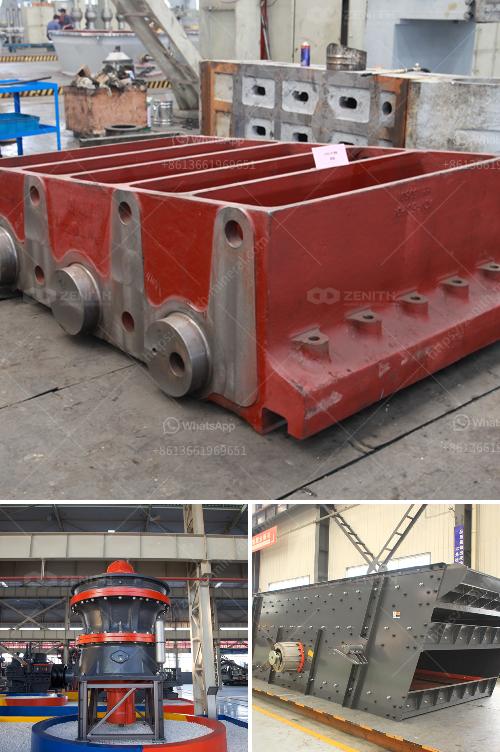There are several methods used to separate ore from other rock, and the choice of method often depends on the type of ore and its location. Here are some commonly used methods:
Crushing and Grinding: The ore is crushed to break it into smaller pieces and then ground to a fine powder. This increases the surface area for the next steps in the process.
Magnetic Separation: This method is used for ores that contain magnetic properties. By applying a magnetic field, magnetic ores are separated from non-magnetic rocks.
Flotation: This technique involves mixing powdered ore with water and chemicals to make the ore particles hydrophobic. Air bubbles are then introduced, and the hydrophobic ore particles attach to the bubbles and rise to the surface, where they can be skimmed off.
Gravity Separation: This method takes advantage of the differences in density between the ore and the surrounding rock. Techniques such as jigging, shaking tables, and spiral concentrators are used to separate heavier ore particles from lighter gangue.
Leaching: Chemicals, often acids or solvents, are used to dissolve the ore, which can then be collected and processed. This method is particularly used in gold and copper mining.
Hydrometallurgy: This involves using aqueous chemistry to extract metals from ores. It includes leaching, solution concentration, and metal recovery processes.
Pyrometallurgy: This incorporates the use of high temperatures to extract and purify metals from ore. Roasting and smelting are common pyrometallurgical processes.
Each of these methods has specific applications and limitations, and often a combination of these techniques is used to efficiently extract the desired minerals.
